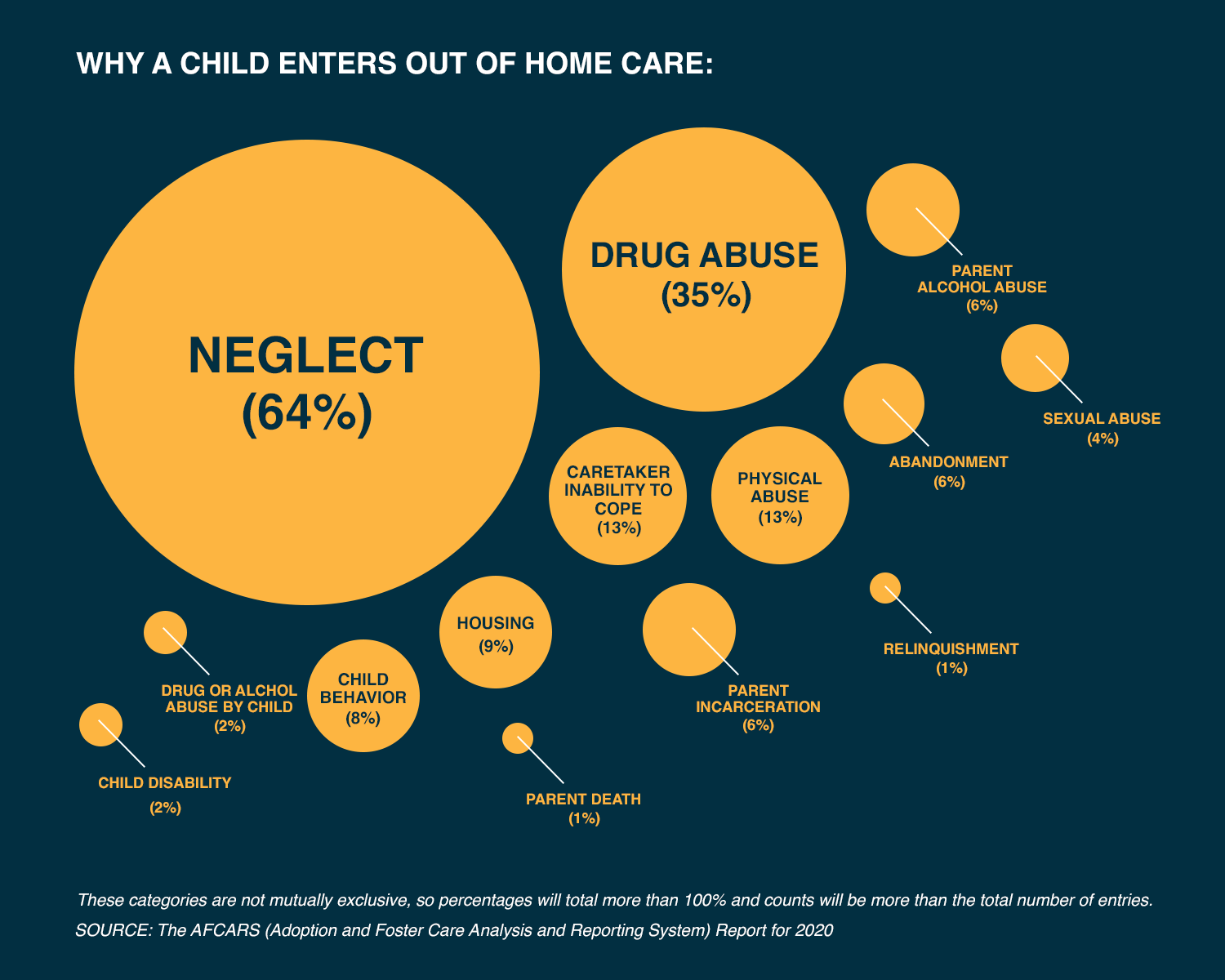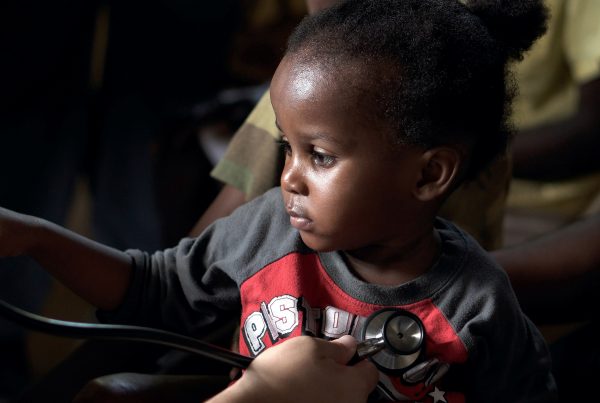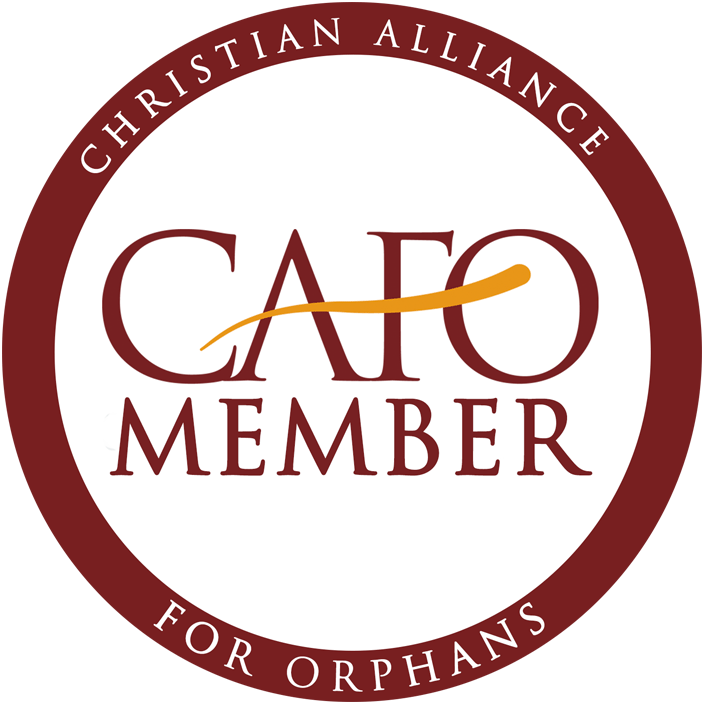
Have you ever wondered how foster care works? Perhaps you are interested in becoming a foster parent or you are curious about how the systems to provide care work in this country. Whatever the reason for your search, this guide will provide all the information you need to better understand foster care.
What is foster care?
Foster care is a form of out-of-home care provided in partnership with government and private entities. The majority of care is provided in relative and non-relative family home placement settings, with group, institutional, and supervised independent living settings existing also.
Each state organizes its system in a unique way, housed under public agencies (such as DHS, DCFS, CPS, DSS, DFCS, DHHS, or any equivocal department), and often-times contract with private providers for any or all services of the foster care process such as licensing and casework management. The degree to which public agencies work with private providers varies with some states fully run by a governmental entity and others where all work is contracted out privately.
The purpose of foster care is to provide safe and stable care for children and youth until they are safely returned home, placed permanently with adoptive families or legal guardians, or placed in other planned arrangements for permanency.
A child may require out-of-home care for any number of reasons, but according to The AFCARS (Adoption and Foster Care Analysis and Reporting System) Report for 2020, the highest reason is due to various types of neglect from a child’s parent(s) or primary caretaker(s). Just 1% of children that entered out-of-home care in 2020 was due to parent death.

The reasons a child enters out-of-home care:
- Neglect 64%
- Drug Abuse (Parent) 35%
- Caretaker Inability to Cope 13%
- Physical Abuse 13%
- Housing 9%
- Child Behavior Problem 8%
- Parent Incarceration 6%
- Alcohol Abuse (Parent) 6%
- Abandonment 5%
- Sexual Abuse 4%
- Drug or Alcohol Abuse (Child) 2%
- Child Disability 2%
- Parent Death 1%
- Relinquishment 1%
There is a great need for foster parents as there are over 407,000 children and youth in foster care. (source) By comparison, there were 218,927 licensed foster homes in 2019, according to state data. (source)
If a foster family isn’t available or they are already at capacity, children will often be placed in a group home or in respite care. It is not uncommon for a child to spend multiple nights in an agency office or hotel while they are looking to find a home to care for that child. In Texas, this is referred to as CWOP, which stands for “child without placement.” This is what happens when there aren’t enough foster homes and yet children must be removed from their home of origin due to abuse or neglect. In cases of CWOP, children are spending nights sleeping in hotel rooms and temporary shelters. These types of arrangements are meant to be a last resort reserved for emergency situations.
The History of Foster Care
Orphan care is mentioned all throughout history and we know that God gave instruction to the Church through James to look after both orphans and widows:
Religion that is pure and undefiled before God the Father is this: to visit orphans and widows in their affliction, and to keep oneself unstained from the world. – James 1:27 (ESV)
The development of foster care in the United States actually came from English Poor Law (1562) which allowed the placement of poor children into indentured service. In 1853, Charles Loring Brace began the free foster movement in response to the large number of immigrant children sleeping on the streets of New York. The foster care movement began to grow and, in the 1900s, social agencies were formed to supervise foster parents, keep track of records, and consider the individual child’s needs when being placed.
For Illinois, where our ministry is based, there were over 52,000 children in state care in 1997, and it was a struggle to provide support for those children and families. But recently that number has shrunk to just under 16,000 children in state care due to thousands of families becoming loving homes to care for these children through guardianship and adoption. (source)
But there is still much to be done.
The Process and Purpose of Foster Care
The purpose of foster care is to provide safe and stable out-of-home care for children and youth until they are safely returned home, placed permanently with adoptive families or legal guardians, or placed in other planned arrangements for permanency.
Usually the process of a child entering out-of-home care occurs when Child Protective Services (CPS), or the equivalent government agency in your area, becomes aware of a situation where it is unsafe for a child to remain in their home or their primary caretaker(s) are no longer able to care for them. Often, agencies become aware of safety concerns after an anonymous hotline call is placed, which leads to an assessment or an investigation.
Listen: Spotting Child Abuse and Neglect after COVID-19 – Episode 100
CPS will either remove a child from their home without a court order if there is a reasonable belief that the child is not safe if they remain in that home or the child is in imminent danger. Outside of that criteria, CPS must have a court order to remove a child from their home.
When CPS removes a child from their home, they will notify the caretaker(s) within 24 hours. After this occurs, a court hearing is held and a case plan is made in order for the caretaker(s) to be reunified with the child(ren).
If possible, children are placed with a noncustodial parent (the parent whose children do not live with them the majority of the time). If that is not an option, then preferential considerations are made for placement with relatives and nonrelative extended family members before placing the child into foster care.
Once it is determined that the child will be placed into a licensed foster home, the agency will call foster families that are available to care for the child while they are in care. This often means working through a list of foster families until one accepts the placement of the child. During this time, while a foster family is being found, the child may be placed in short-term care, which is also known as respite care. These families agree to take short-term placements to provide relief to foster parents or to provide emergency care while a more long-term foster family is being located.
What does it take to be a foster parent?
While the requirements to become a foster parent vary by state, by and large, you must:
- Be at least 21 years of age
- Pass a home inspection and a social assessment
- Complete required hours of training focused on foster care and the needs of children in foster care
- Complete a criminal background check for all household members
- Be financially stable
- Complete a health screening
You do not have to be married in order to be a foster parent nor do you have to have a certain profession, provided that you have a stable income.
Getting started:
How to Choose a Foster Care Agency
Questions to Ask on Your First Placement Call
The State of Foster Care Today
Even though the number of children in foster care has decreased for three consecutive years (2018 – 2020) there are still over 400,000 children in the foster care system. (source) The number of licensed foster homes are still far off from meeting the need without overwhelming foster parents. This leaves many children to receive care elsewhere in places like group homes, shelters, residential facilities, and transitional living programs.
Unfortunately, alternative forms of out-of-home care have been shown to produce poor results, such as:
- Having higher re-entry rates after exiting to reunification than youth in other types of out-of-home care settings.
- Children are almost 2.5 times more likely than those in foster care to become delinquent
- Poorer educational outcomes and are less likely to graduate high school
There are still over 200,000 children who enter the foster care system each year. Whether a placement is long-term, short-term, or on a respite care basis, there is a great need for willing foster families to provide a loving, safe home for children in every state.
FAQs About Foster Care
How do I start the process to become a foster parent?
Each state has their own process and requirements for becoming a foster parent and you can learn more about choosing an agency here. The process can typically take about 3-6 months to meet all the requirements and obtain your license.
How long with the process take before a child is placed?
Typically, it can take anywhere from 3-6 months to become a licensed foster parent. After you are licensed, you will be added to a call-list to receive a placement based on the need for your area and the parameters you have set.
Where do I find a supportive community?
It’s important as a foster parent or any role in the foster care community to have a good support system. If you live in an area with a TFI Advocate, be sure to reach out to them! The Forgotten Initiative was created to be a source of support and resources for those in the foster care community. We also recommend finding support through your local church, family, friends, and agency-provided foster parent groups.
How long will a placement last?
The length of a placement will vary by situation. When you receive a placement, you are often given an estimate of its length; however, it is just that: an estimate. Foster parents often find that these estimates get shortened and extended unexpectedly. According to The Adoption and Foster Care Analysis and Reporting System (AFCARS) Report, the average placement was 20.5 months with 48% ending with reunification with their primary caretaker(s) and 25% ending in adoption.
What age are most placements?
It will vary based on your area, but according to the AFCARS Report, the average age for children in foster care in 2020 was 8-years-old. However, the data was fairly split against all ages with the largest percentage (9%) being one-year-old.
What happens if there aren’t enough foster families? Where does that child go?
In most cases a child will stay at another type of out-of-home care like a group home or in a short-term respite family until a longer-term solution can be located.
Can I adopt a child that I foster?
It depends on the situation. Although there may be an opportunity to adopt a child that is in foster care, we recommend that anyone considering becoming a foster parent does not have adoption as the end goal. Foster care is primarily about reunification whenever possible. According to the 2020 report from AFCARS, 54% of case plan goals were to reunify with the parent(s) or primary caretaker(s). Comparatively, 28% had the goal of adoption.
What other roles are there besides foster parent?
There are many roles in the foster care community beyond that of a foster parent. The truth is that anyone can make a difference! Here are some additional roles you can step into to support the foster care community:
- You can babysit for a foster family or agency worker.
- You can reach out to an agency regularly and thank them for the work they do in your community.
- You can raise awareness about the need for foster care at your church.
- You can raise awareness on social media.
- You can become an agency worker.
- You can bring a meal to a foster family or agency worker.
- You can go through the licensing process to be able to provide respite care.
- You can become a TFI Advocate.
- You can pray for the foster care community.
- You can give to organizations who are working every day to support the foster care community.
- You can mentor a child in foster care.
- You can become a CASA or GAL.
Who decides how many children, ages, and what I’m willing to handle?
When you are approved to become a foster parent, your license will determine the maximum number of children you can have in your home. You are able to set your preferences of age, gender, special needs, etc. that you feel you are able to handle. However, you may still receive requests for you to take placements that do not fit what you have set as your preferences. There are many instances where the need is so great that you will be requested to take other placements or a sibling group that stretches outside your guidelines.
Here at The Forgotten Initiative, we exist to help people everywhere support the foster care community and experience Jesus together. Too many in the foster care community feel forgotten, alone, and isolated. We all can make a difference in bringing hope, support, and care to those who are in need.
Looking for resources tailored to children in foster care? Check out our book series:
Get encouragement and updates in your inbox.
Be the first to know about new episodes, posts, resources, and stay in the loop about what’s coming up.
You Might Also Enjoy:







